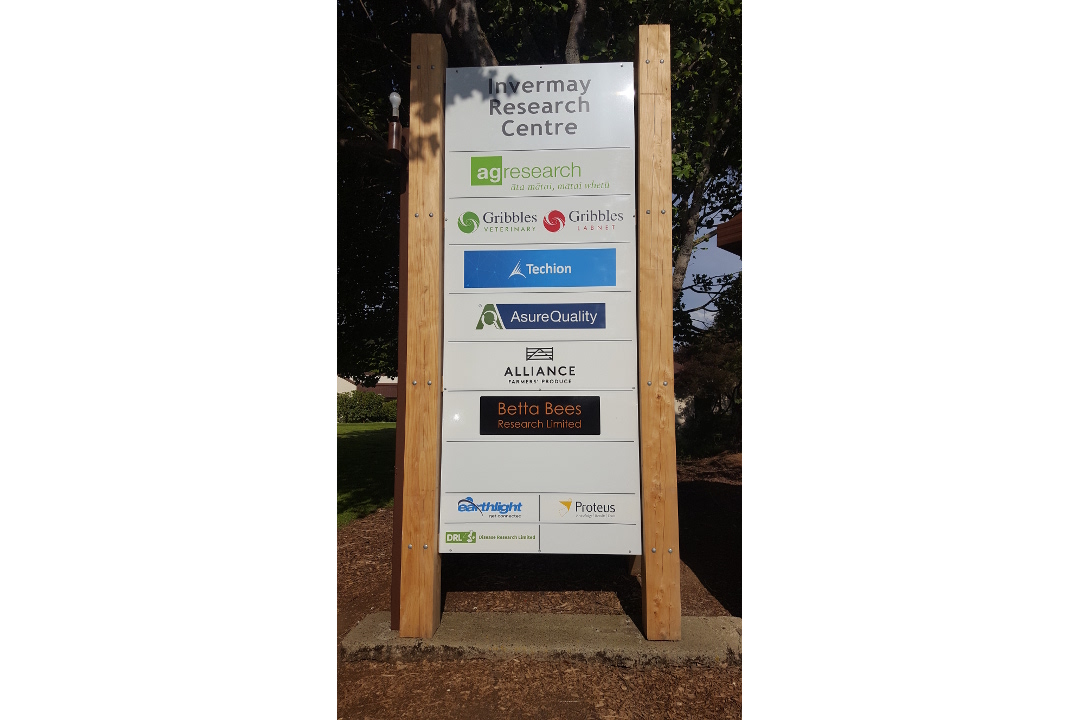It’s been another busy couple of months here at Proteus, so much so that we missed posting something in November! Here’s a couple of quick highlights on what we’ve been up to, but hopefully this business is a sign of things to come!
After two years of being situated at Invermay Research Centre, they have erected a new welcome sign to the campus. Proteus’ name isn’t lit up in lights, or top billing, but it’s progress!
One project that we have been working on lately is using camera trap data to estimate the density or abundance of unmarked individuals, that are not uniquely identifiable. This type of data has often been reduced to detection-nondetection data and used in an occupancy modelling framework, which can sometime be an unsatisfactory. In a revelation for him, Darryl came across a couple of papers (Howe et al. 2017; Moeller et al. 2018) where the authors have exploited the simultaneous nature of the data from across the camera network to estimate animal abundance. The basic idea is that in instant in time, the camera data can be used to estimate density, provided the area in the cameras’ field of view is known. It may be fairly poor estimate, and quite possibly an estimate of 0, but you can obtain an estimate for every few seconds of the deployment period. If you then combine all those estimate (e.g., take the average), simulations we’ve conducted have shown unbiased and reasonably precise (i.e., CV<20%) estimates can be obtained. However, there are a few key requirements that may limit the ability of existing data sets to use this approach. The area of the field of view for each camera must be accurately known, camera locations should be representative of the entire area of interest (i.e., can’t be only placed in ‘good’ locations where you expect to get lots of photos), and when cameras are set to motion sensor mode, some method of estimating detection probability (i.e., probability motion sensor is triggered). Distance sampling methods have been used to estimate detection probability (Howe et al. 2017), although multiple cameras with the same field of view would be another option. Alternatively, remove the detection probability aspect by using the time lapse or continuous recording modes. At the conclusion of the project a manuscript will be produced summarising our findings.
A second project we’ve been working on recently is one with a bit of a difference for us. While animal related, it was analysing the results of a veterinary epidemiology study testing the responses to a drug treatment on various measures of animal condition. Linear mixed-models were used to analyse the data, with individual used as a random effect due to the repeated measurements of a variable taken from the same animal. The analyses weren’t incredibly interesting from a statistical perspective, but it was nice to learn something new about the application of the methods.
Finally, as 2019 draws to a close, we want to thank you for taking an interest in our work, and keep us in mind if you ever need some statistical assistance. Wishing you all the very best of health over the holiday season, and we’ll be in touch again next decade!
